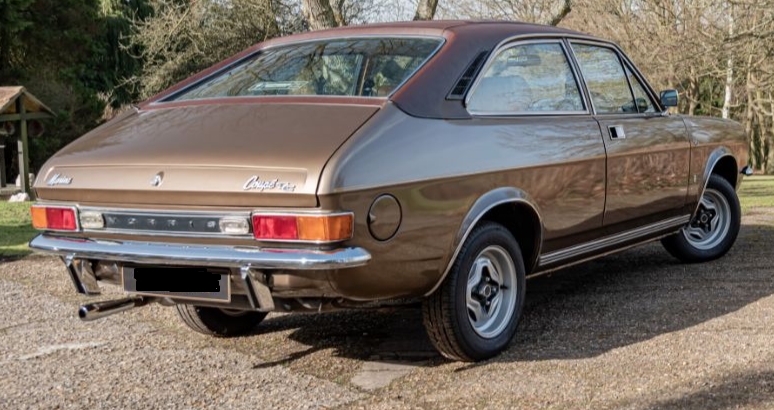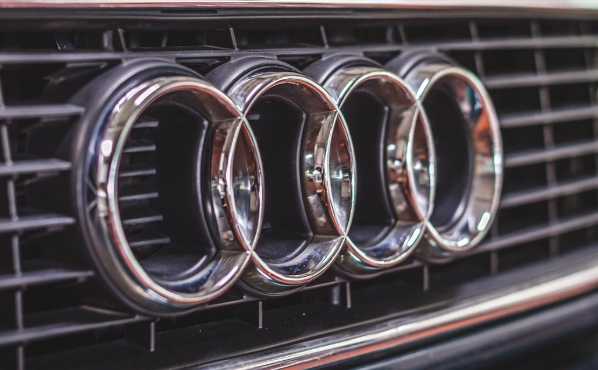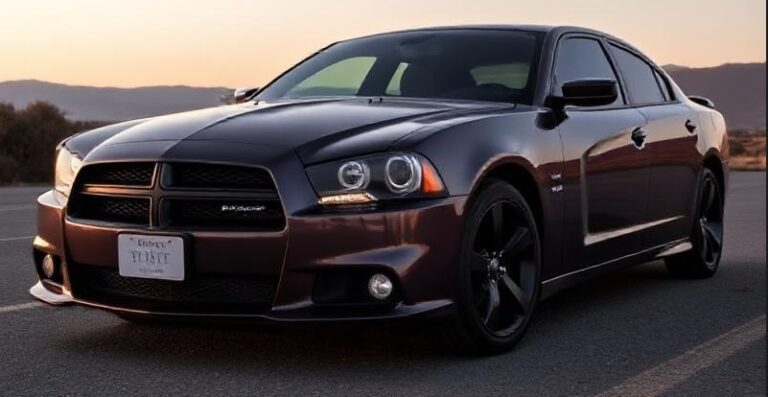The Evolution of the Morris Marina: A British Icon in Automotive History
The Morris Marina is a vehicle that occupies a unique place in the history of British motoring. Released in the early 1970s, the Marina was intended to compete in the burgeoning family car market, providing good value and practicality. As we delve into the evolution of the Morris Marina, we’ll explore its production years, models, trim levels, and its place in British automotive history.
Introduction and Development
Launched in 1971 by British Leyland, the Morris Marina was designed to cater to a family-oriented audience. It was developed to replace the aging Morris 1100 and the Morris 1800, offering a blend of spaciousness, comfort, and affordability. The design of the Marina, credited to the British Leyland design team, reflected a mix of contemporary styling trends and practicality that would appeal to the average British consumer.
Production Years: 1971-1980
The Morris Marina remained in production from 1971 until 1980. During its lifespan, the car underwent various changes and updates. British Leyland marketed it as a versatile family car that was affordable while delivering reasonable performance and spacious interiors.
Models and Trim Levels
The Morris Marina was available in several body styles, such as two-door and four-door saloon versions, as well as a three-door estate variant known as the Marina Van. The range included several models that were distinguished by trim levels and engine variants.
- Morris Marina 1.3 (1971-1975)
- The base model introduced in 1971 featured a 1275cc four-cylinder engine capable of producing around 65 hp. It came with basic amenities but focused on functionality.
- Morris Marina 1.3 Deluxe (1971-1975)
- An upgraded variant of the base model that offered better interior trim, additional color options, and improved upholstery features.
- Morris Marina 1.8 (1973-1975)
- Launched in response to consumer demands for more power, the 1.8 model featured a 1798cc engine producing around 85 hp. It gained a reputation for being zippy compared to its smaller sibling.
- Morris Marina 1.8 GT (1972-1975)
- Positioned as a sportier trim level, the Marina GT included features such as wider tires, sportier suspension, and more aggressive exterior styling elements.
- Morris Marina 1.3 and 1.8 (1975-1980)
- By mid-1975, Morris updated the entire Marina lineup, discontinuing the deluxe versions and focusing on the original model as well as the 1.8. The interior received updates with improved ergonomics and upholstery materials.
- Morris Marina (1977-1980)
- The Marina underwent a significant facelift in 1977, with changes aimed at modernizing its appeal. The updated range included a more refined look, with changes to the grille and lighting.
- Morris Marina 2.0 (1979-1980)
- The introduction of a larger engine brought the new 2.0-litre variant to life. It boasted increased power and represented BL’s attempt to provide better performance for family cars.
- Morris Marina 1.3 Van (1971-1980)
- The Marina Van variant was aimed at the commercial market, offering a practical solution for businesses that needed utility without sacrificing comfort.
.
MANY auto lovers not only spend time in their garages to tinker on their autos, but have other projects going on in there as well. Wood working is a popular pastime for the creative type of individual. Not sure what to make next? Or thinking about getting into this kind of hobby? There’s lots of possibilities… Here’s some of them…

.
Features and Innovations
Throughout its production run, the Morris Marina emphasized comfort and practicality. Some of its notable features included:
- Space and Comfort: The Marina was recognized for its spacious interiors, allowing for ample legroom and luggage space—ideal for family trips.
- Solid Build Quality: Heavy-duty construction was a hallmark of the Marina, which made it a practical choice for families and tradespeople alike.
- Affordable Servicing: A key selling point of the Morris Marina was its straightforward engineering, which made it relatively inexpensive to service and repair.
Public Reception and Legacy
Upon its launch, the Morris Marina received favorable reviews for its space and value for money. However, the car also faced criticism for its design and performance. While some praised its practicality, others found it bland and dull compared to competitors like the Ford Cortina or Vauxhall Victor.
Over time, the Marina’s image evolved, with many appreciating it as a classic example of 1970s British motoring. Its popularity peaked in the mid-1970s, and by the late 1970s, the car began struggling against more contemporary rivals that boasted better design and technology.
Decline and End of Production
Despite efforts to revamp the Marina, production ceased in 1980 amidst declining sales and shifts in consumer preferences towards modern hatchbacks and more innovative designs. While the Roberts and other small manufacturers entered the UK market, many iconic British brands fell by the wayside.
The run of the Morris Marina may have concluded, but its legacy persisted. As a staple of British roads in its heyday, it symbolizes a particular era of struggle and growth for the British automotive industry.
Conclusion
The Morris Marina serves as a testament to British engineering and the transforming automotive landscape of the 1970s. With its production spanning nearly a decade, the Marina offered practicality and value to families across the UK. Despite mixed reviews, the model remains beloved by classic car enthusiasts today. As we look back on the legacy of the Morris Marina, we understand its role in shaping the familial car landscape and the challenges faced by British Leyland during a transformative period in automotive history. With its unique models and trim levels, the Marina has carved itself a niche within the annals of classic British motoring.







